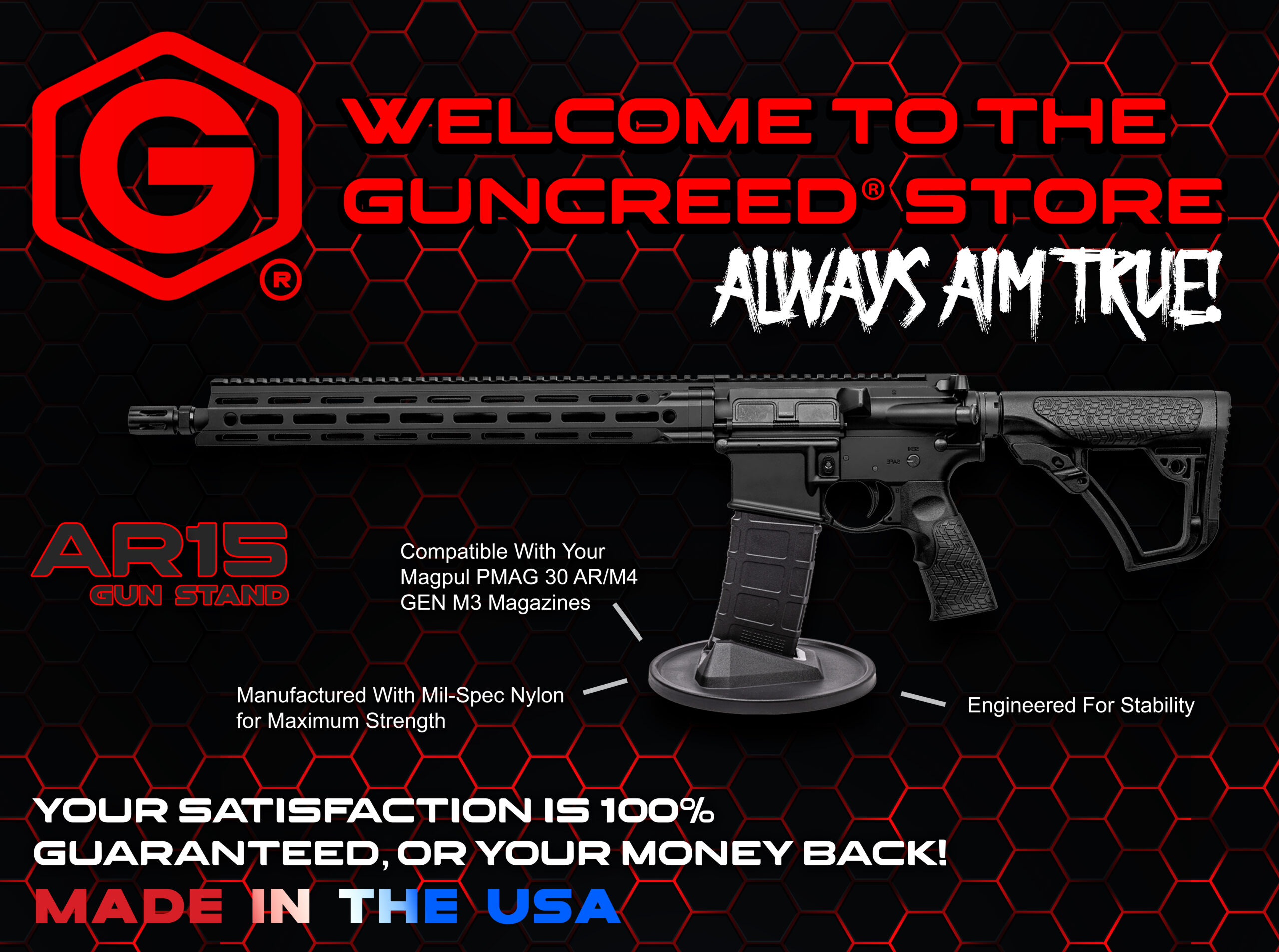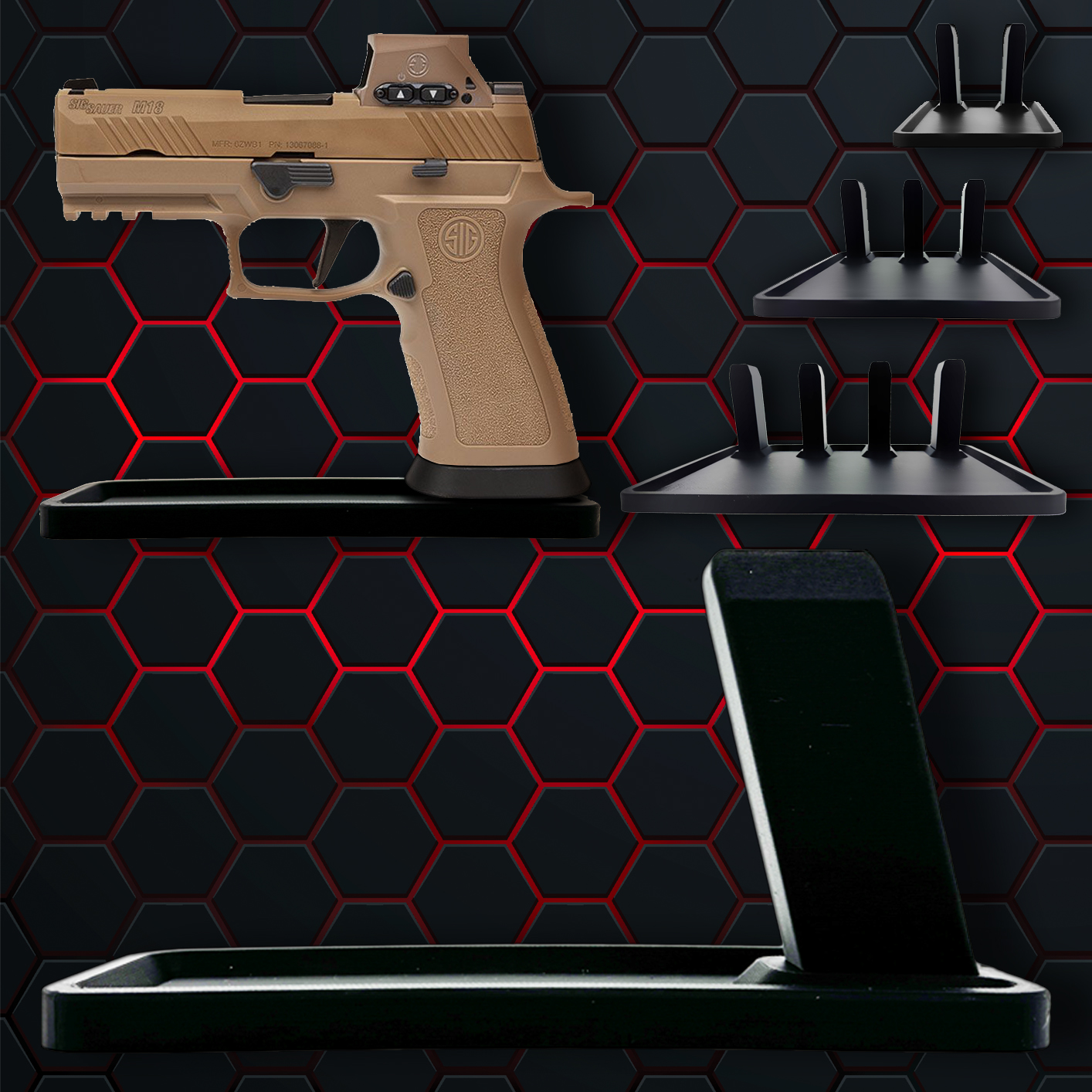


Free Shipping | 99% of all stands ship within 24 hours
We appreciate you sharing this:


We appreciate you sharing this:

Categories:
When it comes to choosing the right handgun caliber, the options can feel overwhelming. From the widely used 9mm to the hard-hitting .45 ACP, each round has its unique advantages and drawbacks. Whether you’re a concealed carry holder, a home defense enthusiast, or a casual shooter, understanding the differences between popular handgun rounds is essential for making an informed choice. In this guide, we’ll break down the most common handgun rounds, their history, performance, and best uses.
The caliber you select directly affects stopping power, recoil, magazine capacity, and cost. While some prefer the lightweight recoil of smaller calibers, others prioritize maximum energy for self-defense. Your purpose—whether for self-defense, target practice, or duty use—plays a major role in determining the ideal handgun round.
The 9mm Luger is arguably the most popular handgun round in the world. Originally developed in 1902 by Georg Luger, it’s the standard choice for many military, law enforcement, and civilian shooters.
Designed by John Browning in 1904, the .45 ACP is known for its substantial stopping power. It was the standard U.S. military caliber for decades, famously used in the Colt 1911.
The .40 Smith & Wesson was developed in the early 1990s as a compromise between the 9mm and .45 ACP. It quickly gained popularity among law enforcement agencies.
The .380 ACP (also known as 9mm Short) is a compact, lightweight round ideal for smaller pistols. It’s popular for deep concealment and backup guns.
The .357 Magnum is a revolver powerhouse introduced in the 1930s. Known for its impressive velocity and penetration, it remains a favorite for revolver enthusiasts.
The .22 LR is one of the most inexpensive and easy-to-shoot calibers available. While not ideal for self-defense, it’s excellent for training, plinking, and small-game hunting.
Besides caliber, bullet type makes a big difference in performance:
| Caliber | Recoil | Stopping Power | Capacity | Cost | Best Use |
|---|---|---|---|---|---|
| 9mm | Light | Moderate | High | Low | Carry, defense, training |
| .45 ACP | Heavy | High | Lower | Moderate-High | Home defense, duty |
| .40 S&W | Moderate | High | Medium | Moderate | Law enforcement, self-defense |
| .380 ACP | Very Light | Low | High | Moderate | Concealed carry |
| .357 Magnum | Heavy | Very High | Low | High | Revolvers, hunting |
| .22 LR | Minimal | Very Low | High | Very Low | Training, plinking |
There’s no single “best” caliber for everyone. It comes down to your intended use, skill level, and firearm platform. For concealed carry, many prefer the balance of power and capacity offered by 9mm. If you want maximum stopping power, .45 ACP or .357 Magnum might be your go-to. Meanwhile, .22 LR remains unmatched for low-cost training and fun.
Always test a variety of calibers and bullet types in your handgun to ensure reliability and accuracy. Ultimately, the best round is the one you can shoot confidently and effectively.
Always follow firearm safety rules and check local regulations before purchasing or using ammunition.